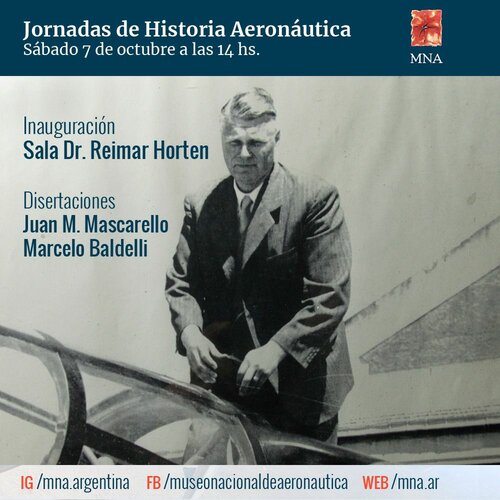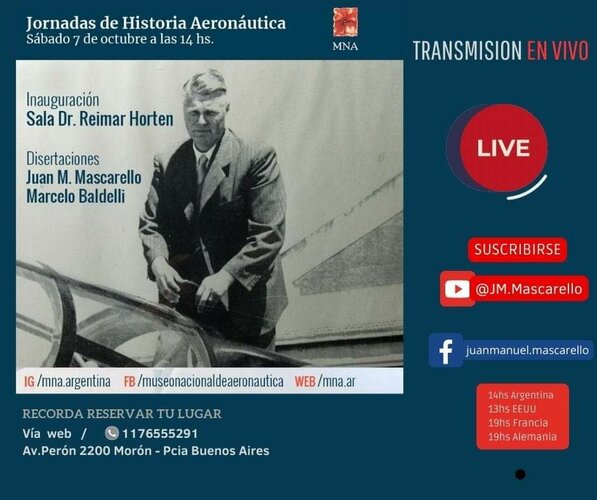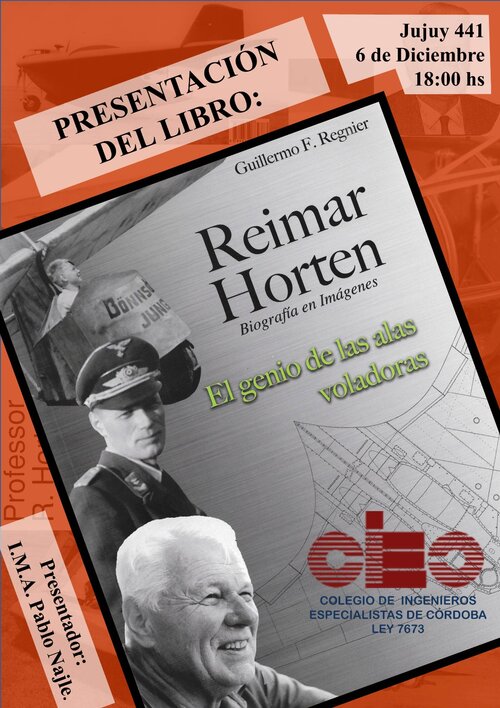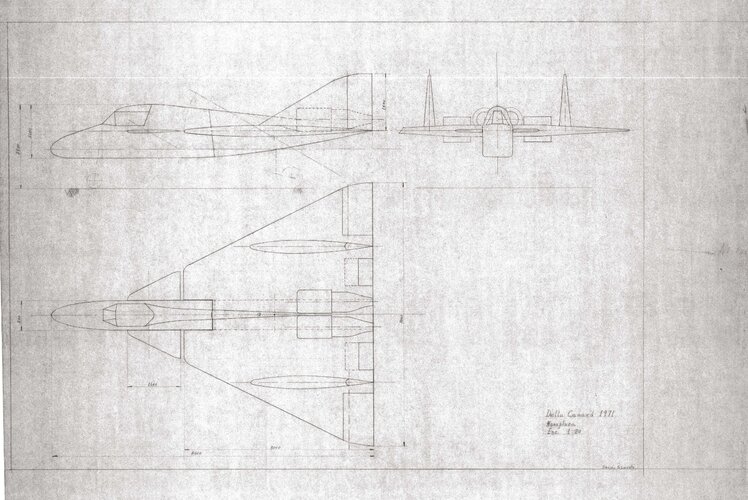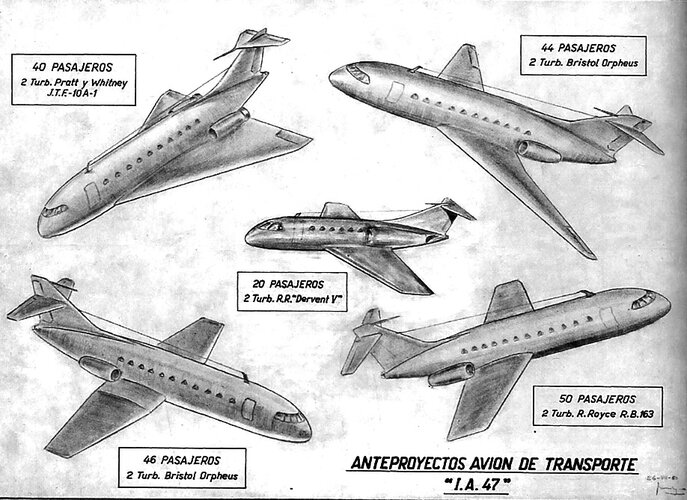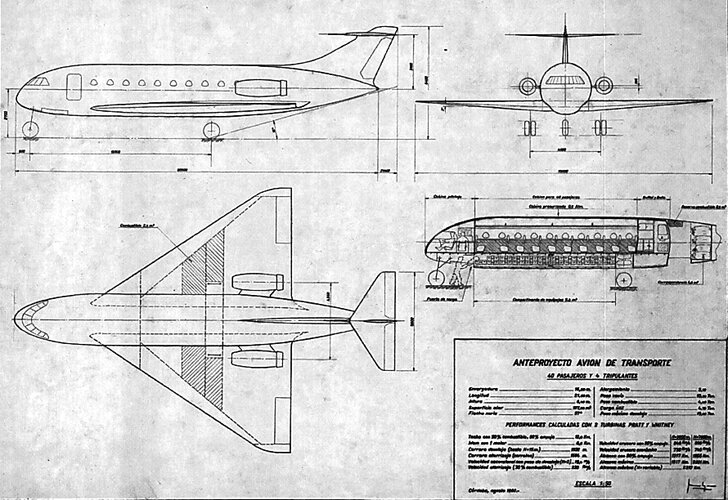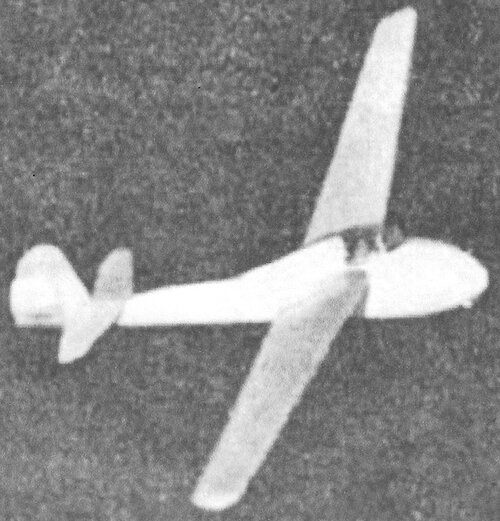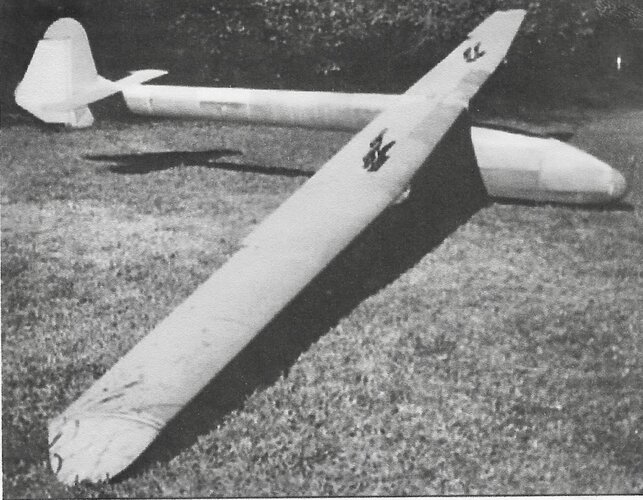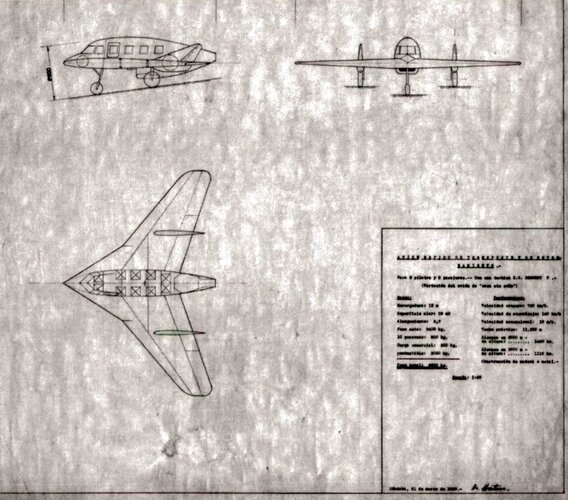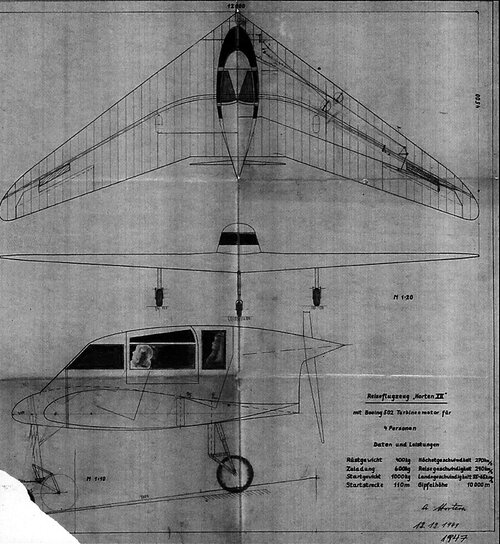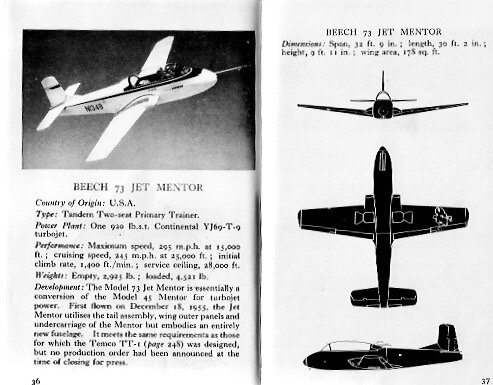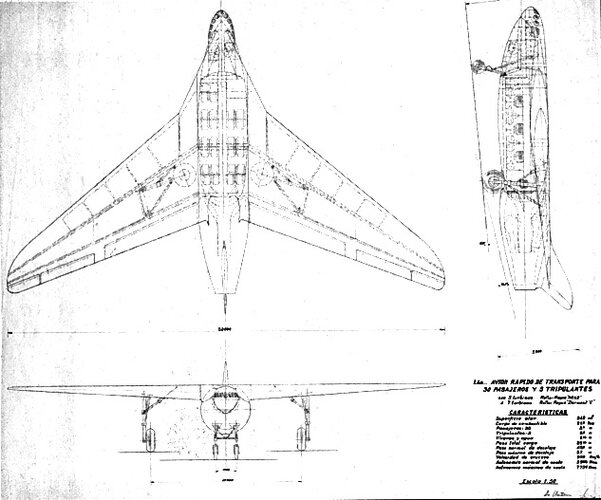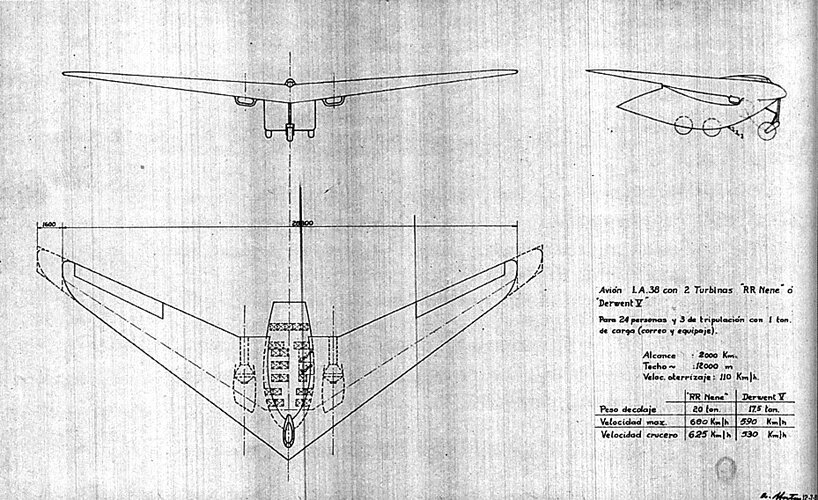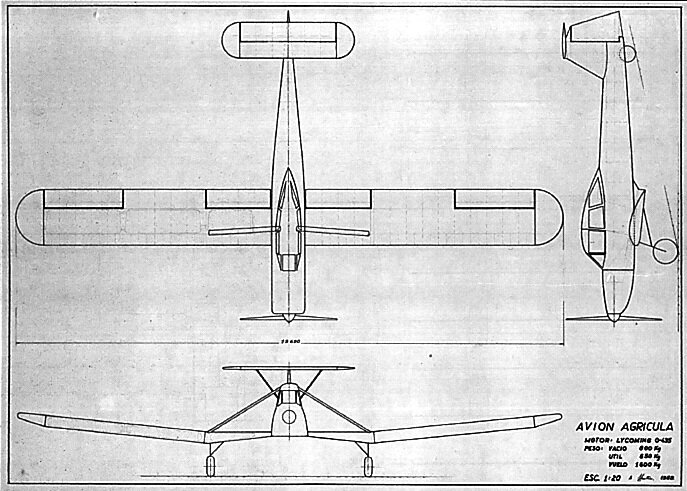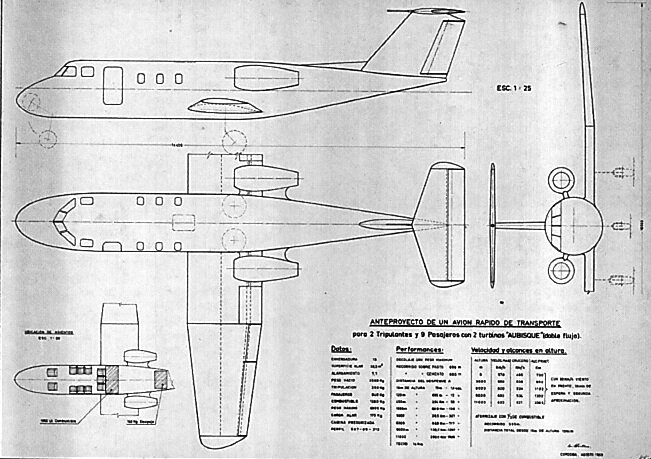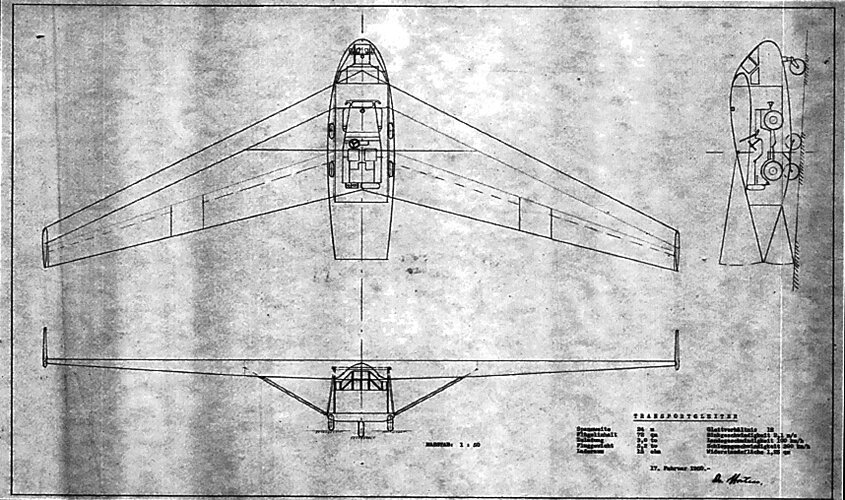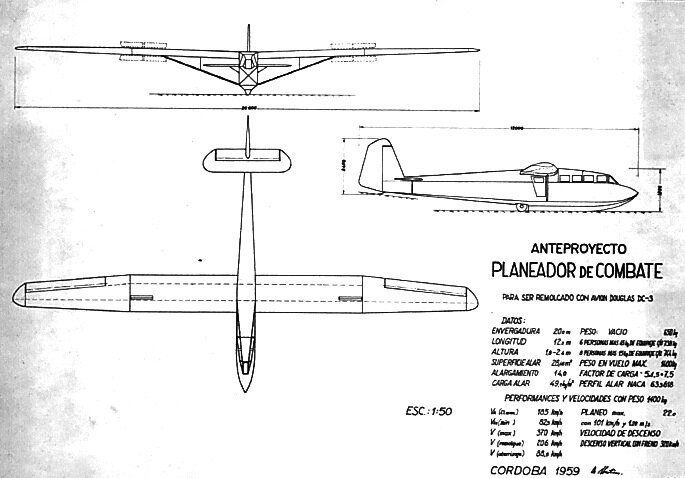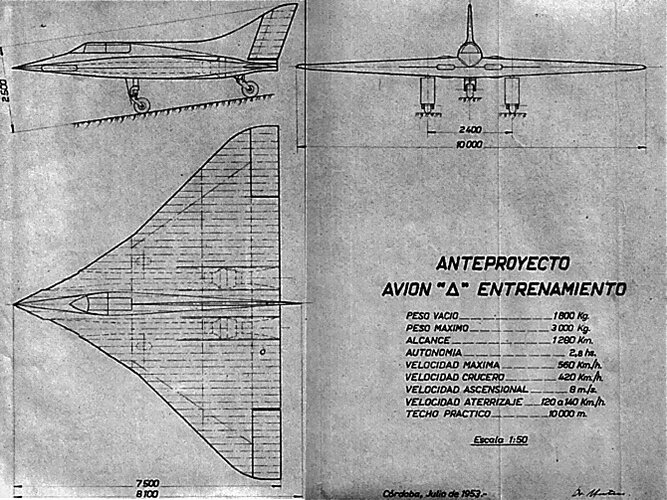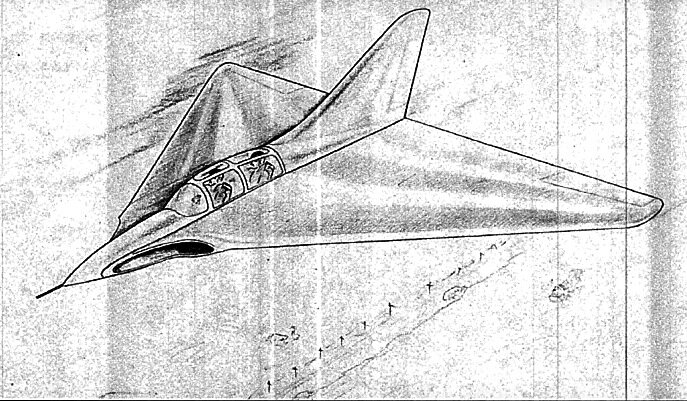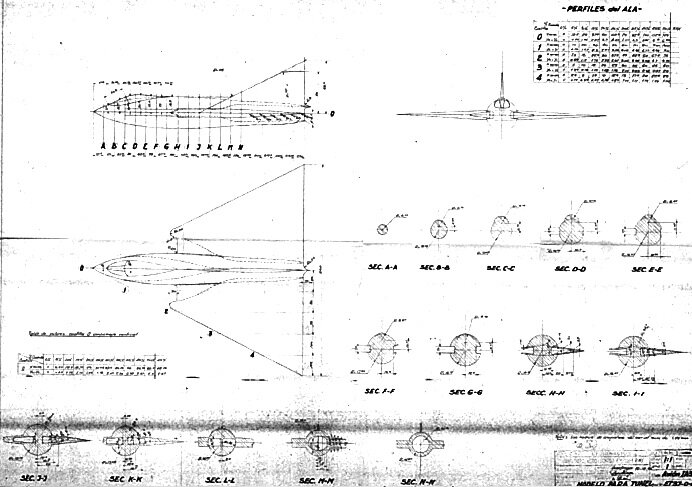You are using an out of date browser. It may not display this or other websites correctly.
You should upgrade or use an alternative browser.
You should upgrade or use an alternative browser.
Post-war Horten designs
- Thread starter Clioman
- Start date
Erdosain
ACCESS: Secret
- Joined
- 10 March 2020
- Messages
- 426
- Reaction score
- 1,696
Last Saturday, a room in tribute to Reimar Horten was inaugurated at the National Aeronautics Museum in Moron, Buenos Aires, Argentina.
For now, the HoXb Piernifero is exhibited there along with some models, including the I-37 and IA-38 Naranjero by Juan Manuel Mascarello
In the future it is planned to incorporate the I.Ae.41 Urubú, which should be restored
For now, the HoXb Piernifero is exhibited there along with some models, including the I-37 and IA-38 Naranjero by Juan Manuel Mascarello
In the future it is planned to incorporate the I.Ae.41 Urubú, which should be restored
Attachments
-
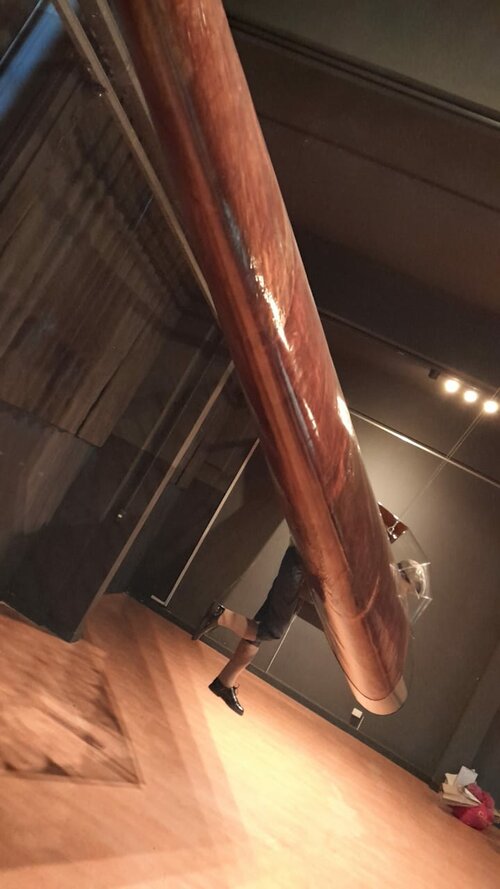 1ddb0a21-3d04-4e51-a8b1-933f4fd851c7.jpeg66.4 KB · Views: 51
1ddb0a21-3d04-4e51-a8b1-933f4fd851c7.jpeg66.4 KB · Views: 51 -
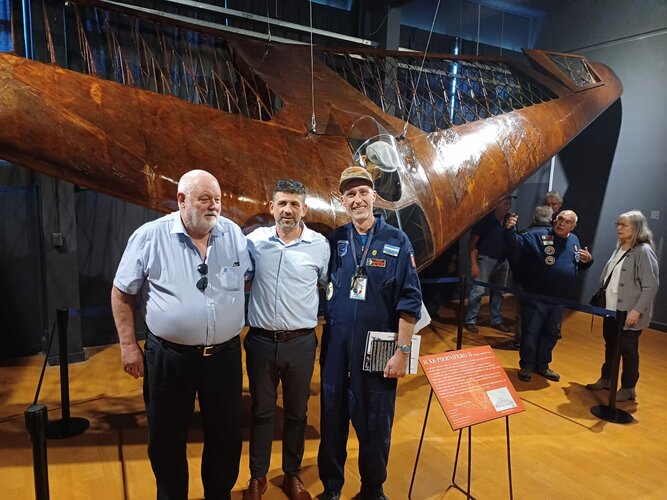 1ebbd2eb-9b3f-4ffc-ad94-5604248194e8.jpeg232.8 KB · Views: 37
1ebbd2eb-9b3f-4ffc-ad94-5604248194e8.jpeg232.8 KB · Views: 37 -
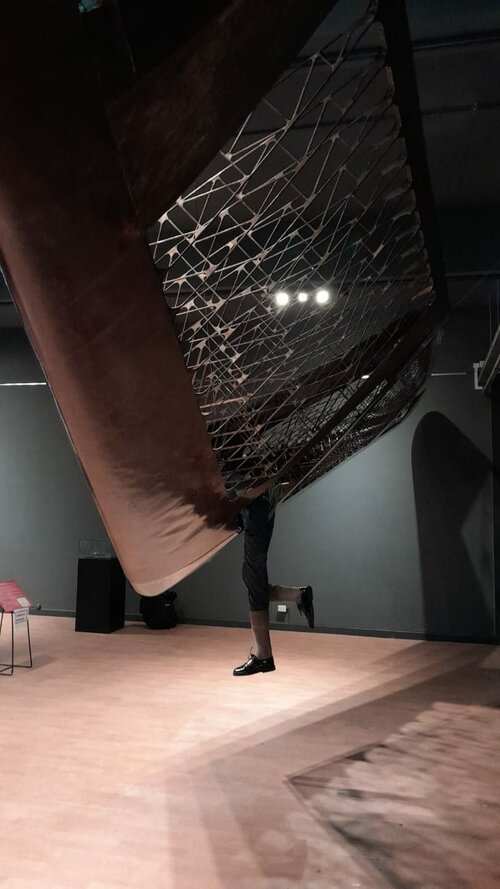 2ea29257-1354-4d10-9f40-5f4e15147f19.jpeg78.5 KB · Views: 41
2ea29257-1354-4d10-9f40-5f4e15147f19.jpeg78.5 KB · Views: 41 -
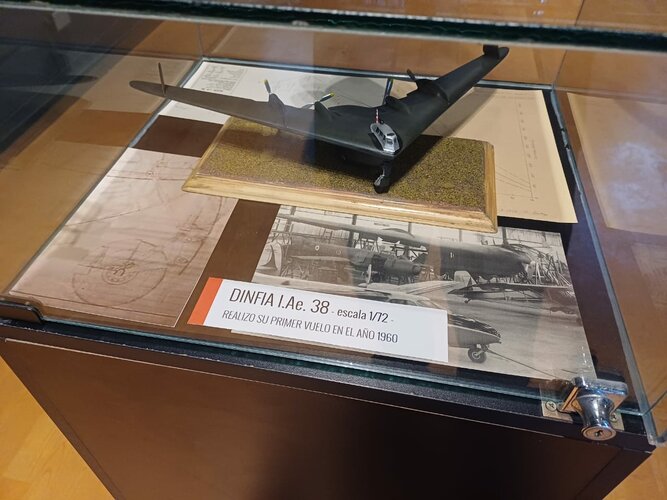 9d8961e8-6af0-4e5d-9e7c-35711ab955e9.jpeg130.1 KB · Views: 41
9d8961e8-6af0-4e5d-9e7c-35711ab955e9.jpeg130.1 KB · Views: 41 -
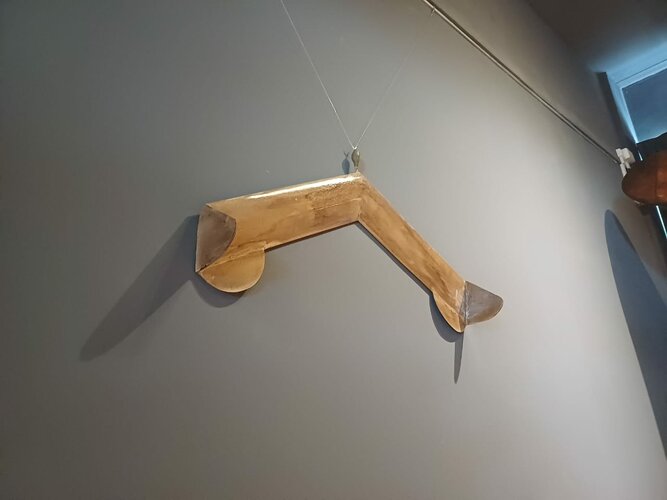 88b2cc14-2a45-4bb9-a798-0815cd4aec50.jpeg41.9 KB · Views: 40
88b2cc14-2a45-4bb9-a798-0815cd4aec50.jpeg41.9 KB · Views: 40 -
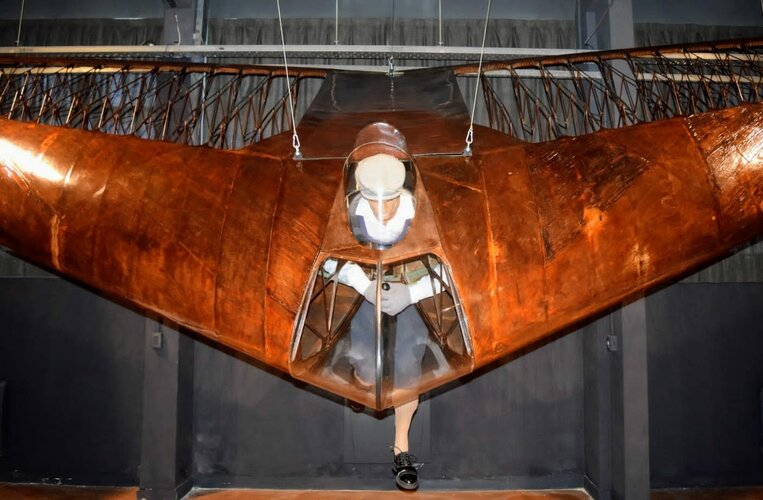 2935d7e2-f162-4d4a-9590-0c4e1539f024.jpeg105 KB · Views: 39
2935d7e2-f162-4d4a-9590-0c4e1539f024.jpeg105 KB · Views: 39 -
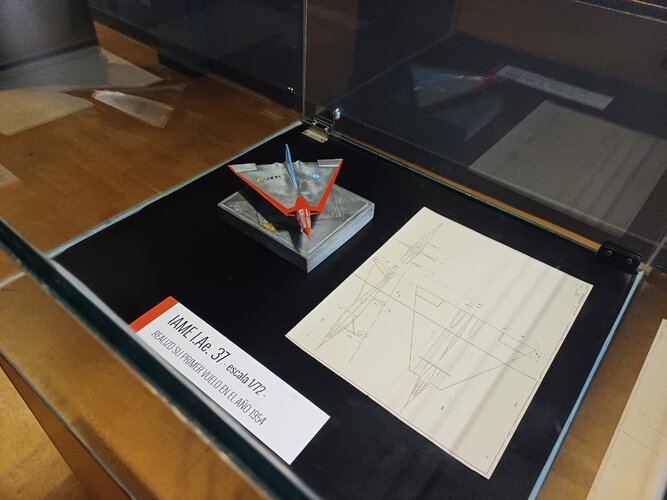 676018ad-09a2-4a5b-b0a4-70f191a3c5cb.jpeg97.5 KB · Views: 39
676018ad-09a2-4a5b-b0a4-70f191a3c5cb.jpeg97.5 KB · Views: 39 -
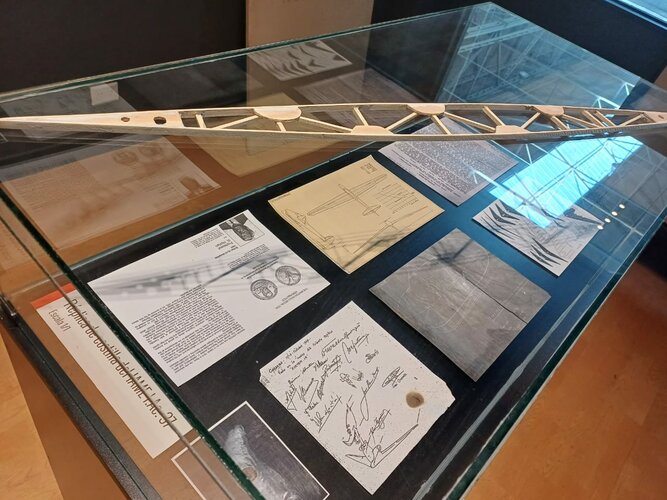 18422746-dd19-4428-a46b-cf896fe46821.jpeg165.4 KB · Views: 41
18422746-dd19-4428-a46b-cf896fe46821.jpeg165.4 KB · Views: 41 -
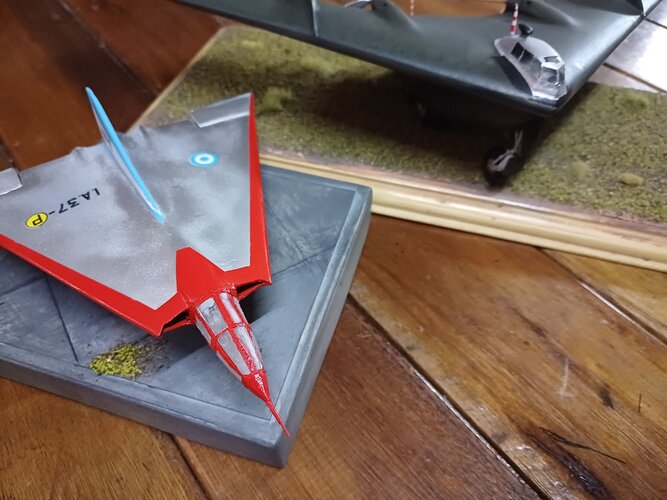 383497128_10231614557937416_1750037848460417469_n.jpg609.3 KB · Views: 40
383497128_10231614557937416_1750037848460417469_n.jpg609.3 KB · Views: 40 -
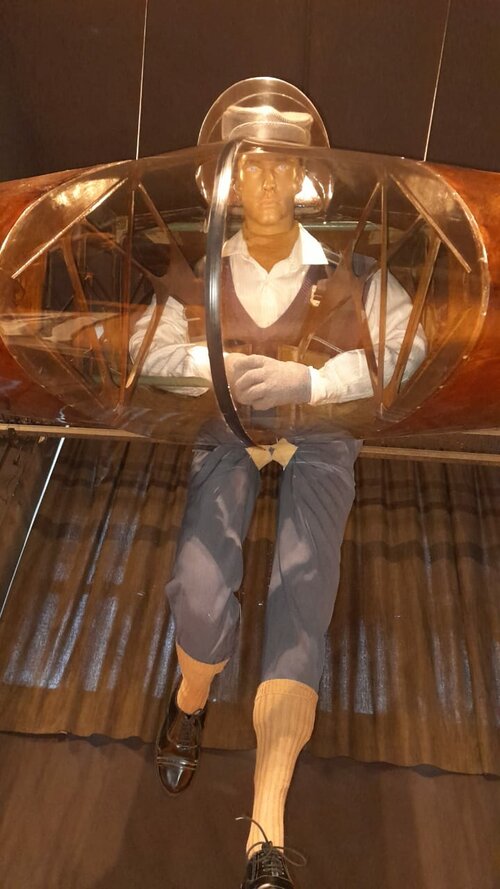 b25c209c-1361-488f-ad32-24d6e948a055.jpeg90.8 KB · Views: 39
b25c209c-1361-488f-ad32-24d6e948a055.jpeg90.8 KB · Views: 39 -
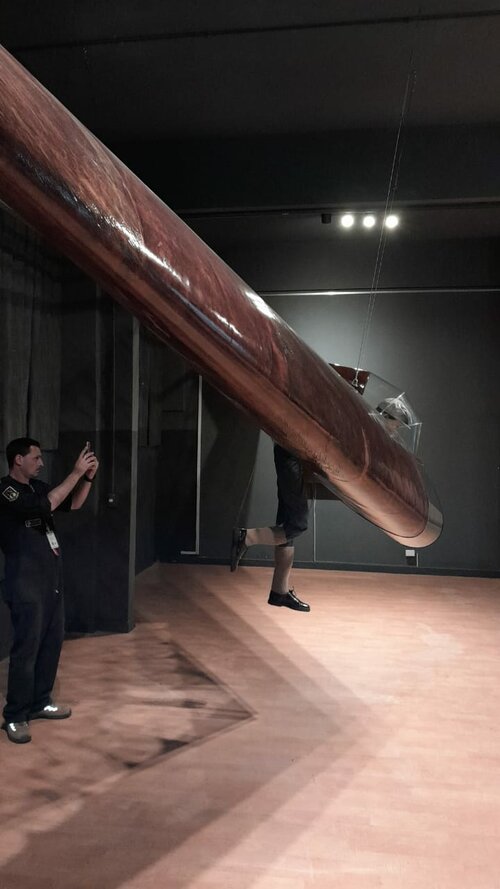 c78ca075-e715-4c86-9772-ef09bd6749a8.jpeg63.9 KB · Views: 29
c78ca075-e715-4c86-9772-ef09bd6749a8.jpeg63.9 KB · Views: 29 -
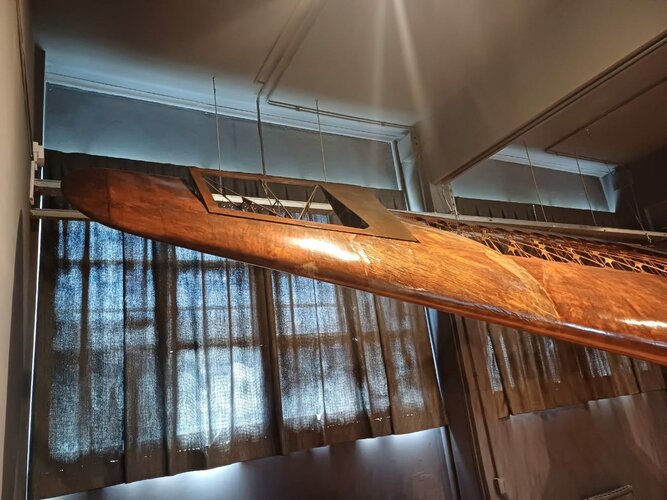 d81cc73a-fbe5-4342-8be7-a839ce9e40be.jpeg166.2 KB · Views: 30
d81cc73a-fbe5-4342-8be7-a839ce9e40be.jpeg166.2 KB · Views: 30 -
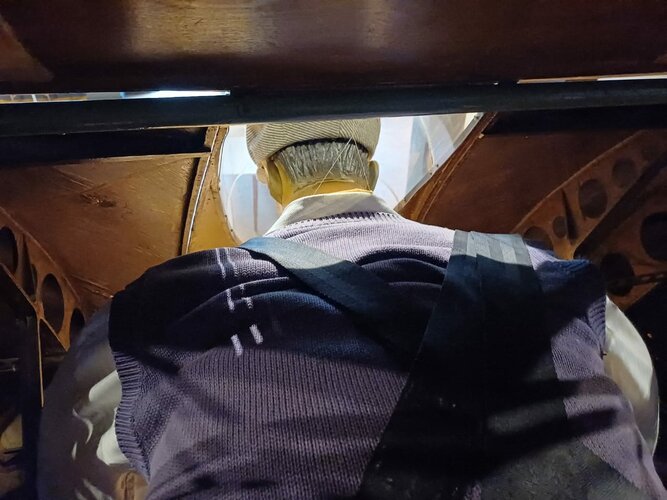 e4fb9efb-820e-497d-bf0f-81efd68272a5.jpeg120.6 KB · Views: 29
e4fb9efb-820e-497d-bf0f-81efd68272a5.jpeg120.6 KB · Views: 29 -
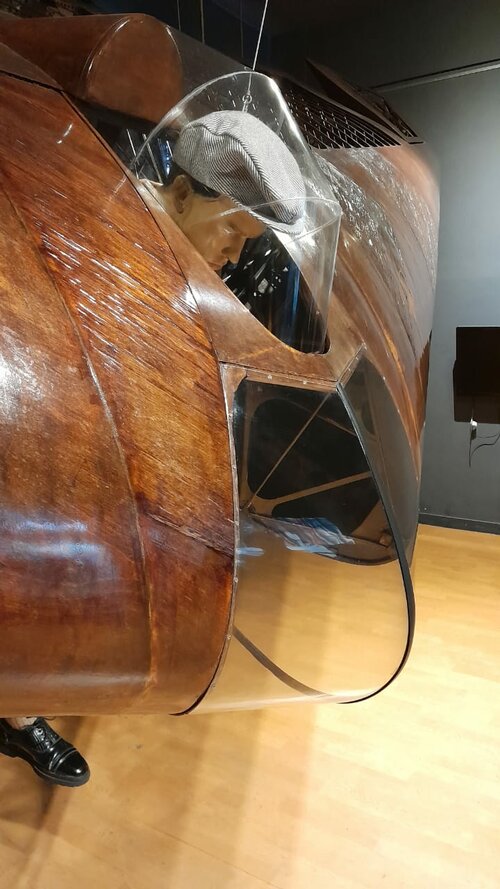 f4b4c5f7-1528-447f-a202-48923ba899ad.jpeg114.2 KB · Views: 38
f4b4c5f7-1528-447f-a202-48923ba899ad.jpeg114.2 KB · Views: 38 -
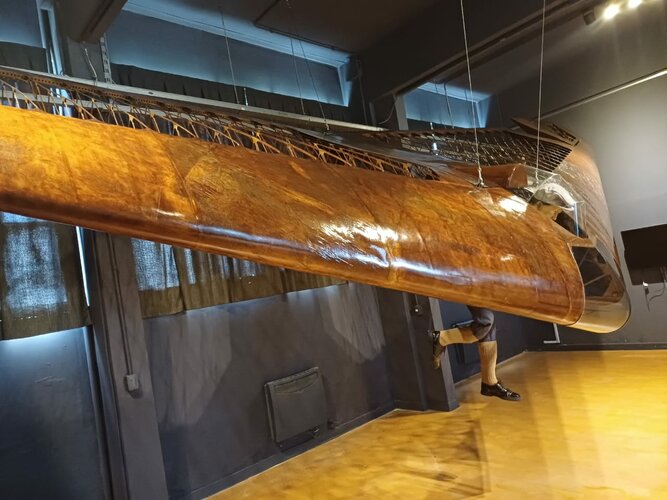 fc167073-b3d9-46a8-ae98-3253f94ddbe0.jpeg132.9 KB · Views: 43
fc167073-b3d9-46a8-ae98-3253f94ddbe0.jpeg132.9 KB · Views: 43 -
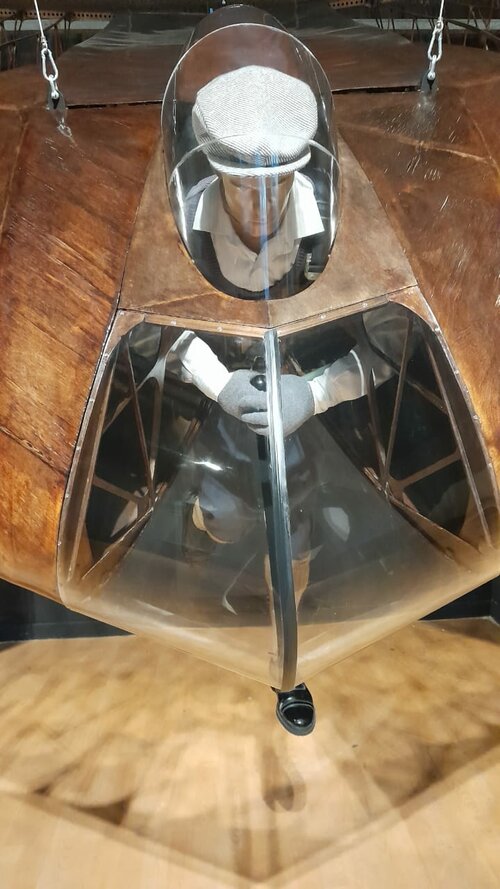 fe931381-c14c-4cfe-a494-40e0efddfaf8.jpeg104.5 KB · Views: 46
fe931381-c14c-4cfe-a494-40e0efddfaf8.jpeg104.5 KB · Views: 46
Erdosain
ACCESS: Secret
- Joined
- 10 March 2020
- Messages
- 426
- Reaction score
- 1,696
Horten tailless fighter, alternative to the Pulqui II.
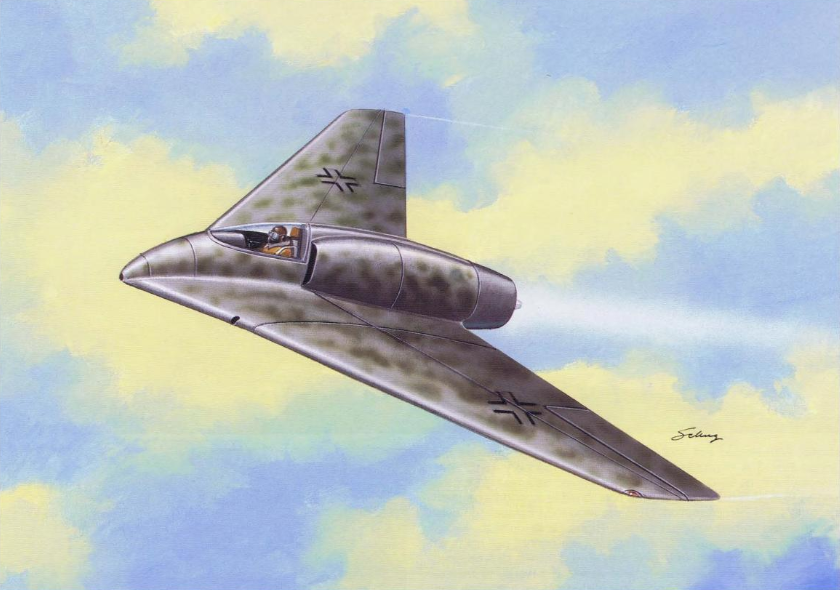
 nobarrelrolls.blogspot.com
nobarrelrolls.blogspot.com
Caza sin cola de Horten, alternativa al Pulqui II.
Entre sus diseños realizados en Argentina, Reimar Horten dejó uno muy singular. Un caza ala volante como alternativa al I.Ae. 33 Pulqui II,.
Erdosain
ACCESS: Secret
- Joined
- 10 March 2020
- Messages
- 426
- Reaction score
- 1,696
Finally, I got the book and the sensations are mixed.
As a biography or historical book, I don't really recommend it. The author is not part of the circle of Argentine aeronautical historians and writers and it is noted that he wrote the entire book based on anecdotes or stories that Reimar Horten's son told him. He doesn't seem to have done much research on the subject in official documentation or previous publications.
For example, he says that the design of the IA-58 Pucara was commissioned to Horten by the dictator Juan Carlos Ongania in the 60s. And that one day he entered his office and all the drawings and design reports had disappeared and then when they appeared, they were signed by Commodore Ing. Hector Ruiz. Something totally false, and there is a lot of documentation available about it.
He also says that Boeing used the Horten IV and VI to design the swept wings of the B-707. Or that Horten designed the Vulcan while he was in England and then Avro presented the design as its own.
And as always, the comparison with Northrop, which supposedly based on Horten's designs, the story of Northrop engineers working secretly for two weeks in Horten's house who advised them on the design of the B-2 , etc. As if the XB-35 and YB-49 had never flown while the Ho-XVIII Amerika Bomber did not go beyond a drawing presented in February/March 45
Many legends and myths to exalt the figure of Horten and little historical rigor.
The only interesting thing that makes it worth having is the number of drawings and photos for unpublished projects made by Horten at the FMA. I suppose that over time they will begin to be uploaded to the web.
Last edited:
Erdosain
ACCESS: Secret
- Joined
- 10 March 2020
- Messages
- 426
- Reaction score
- 1,696
In March 1974, an IIAE team led by Dr Reimar Horten presented a project based on the Pucara, equipped with Astafan jets to fulfill the role of advanced training and tactical support aircraft. The drawing is dated 11/22/1973
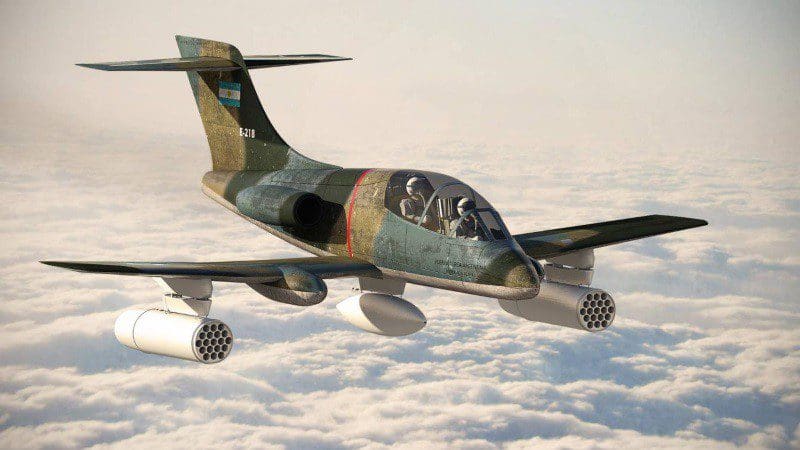
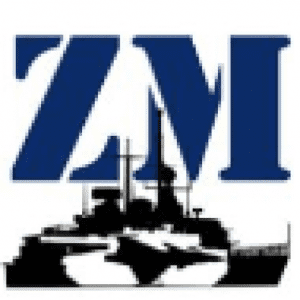 www.zona-militar.com
www.zona-militar.com


Los IA-58 Pucará a reaccion
Por Gonzalo Sebastian Rengel Graficos: Alejandro Klichowski El imaginario popular argentino siempre resalta el gran logro tecnológico que fueron los
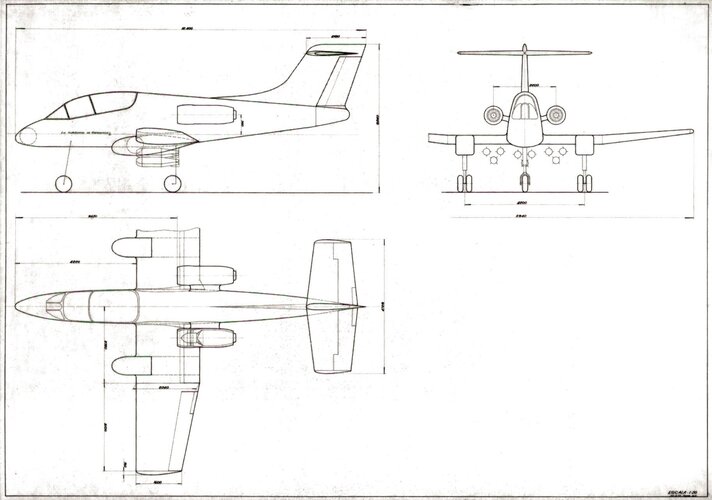
Erdosain
ACCESS: Secret
- Joined
- 10 March 2020
- Messages
- 426
- Reaction score
- 1,696
DINFIA IA-35 Bastan
Redesign of the IA-35 Huanquero that would eventually lead to the IA-50 GII. It was intended to change the I.Ae R-19 "El Indio" radial engines for the French Turbomeca Bastan III turboprops.
Horten, supposedly, was in charge of the lengthening of the fuselage, design and calculation of the engine mount and the introduction of new avionics in the cockpit

Redesign of the IA-35 Huanquero that would eventually lead to the IA-50 GII. It was intended to change the I.Ae R-19 "El Indio" radial engines for the French Turbomeca Bastan III turboprops.
Horten, supposedly, was in charge of the lengthening of the fuselage, design and calculation of the engine mount and the introduction of new avionics in the cockpit
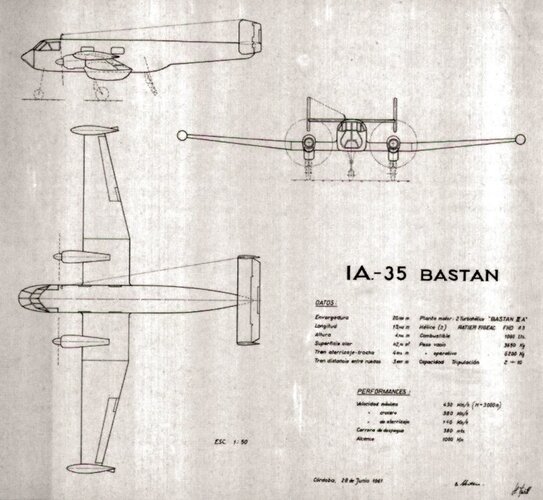
Erdosain
ACCESS: Secret
- Joined
- 10 March 2020
- Messages
- 426
- Reaction score
- 1,696
Reimar Horten designed "normal" seaplanes too ; among them , the INAV-1 (1953) and the "Condor andodino" (1958)
View attachment 718370
View attachment 718371
That's right, Horten designed many conventional gliders.
For example, there was the IA-49 high-performance single-seat glider.
The wings was equipped with laminar airfoil.
Horten began development of the IA-49 in 1959 and it was canceled in 1961.
He also developed cargo and assault gliders, which did not make it out of the blue. I'll upload them now.
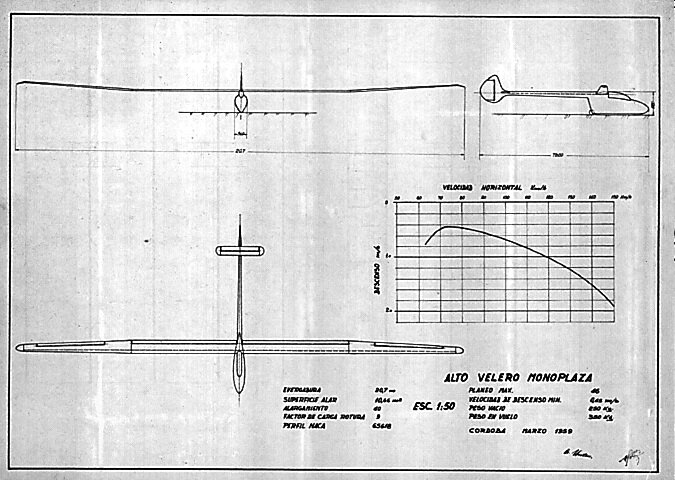
- Joined
- 25 June 2009
- Messages
- 13,782
- Reaction score
- 3,064
You meant SAILplanes, of course, not seaplanes...Reimar Horten designed "normal" seaplanes too
- Joined
- 1 May 2007
- Messages
- 2,460
- Reaction score
- 1,453
Darmstadt D-30, is that you . . . ?That's right, Horten designed many conventional gliders.
For example, there was the IA-49 high-performance single-seat glider.
The wings was equipped with laminar airfoil.
Horten began development of the IA-49 in 1959 and it was canceled in 1961.
He also developed cargo and assault gliders, which did not make it out of the blue. I'll upload them now.
View attachment 718730
(apart from the shape of the fin and rudder, and the use of a laminar flow aerofoil, it's very very similar.)
cheers,
Robin.
Erdosain
ACCESS: Secret
- Joined
- 10 March 2020
- Messages
- 426
- Reaction score
- 1,696
Two proposals for a two-seat training jet from Reimar Horten. The first is from 1961 and the second from 1974 (with folding wings), the same year where he proposed the advanced training Pucará with Marbore turbomeca jet engines.


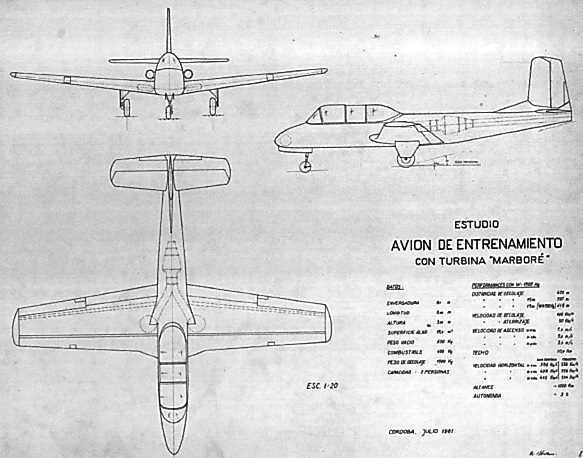
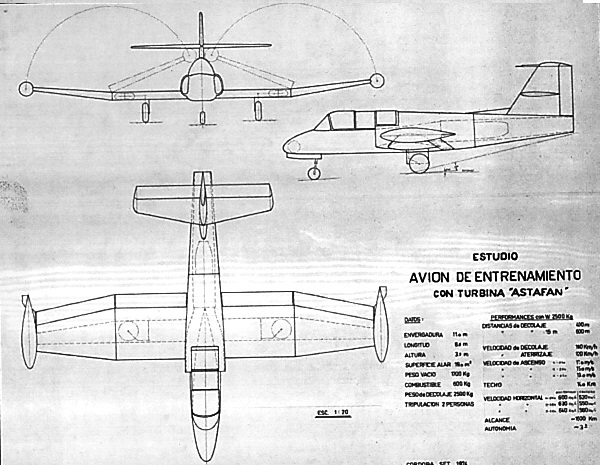
- Joined
- 1 May 2007
- Messages
- 2,460
- Reaction score
- 1,453
Two proposals for a two-seat training jet from Reimar Horten. The first is from 1961 and the second from 1974 (with folding wings), the same year where he proposed the advanced training Pucará with Marbore turbomeca jet engines.


The design in the upper image (1961 design) appears to use the flying surfaces, undercarriage, and canopy of the Beech T-34 Mentor . . .
cheers,
Robin.
richard B
ACCESS: Secret
- Joined
- 17 August 2006
- Messages
- 330
- Reaction score
- 451
More : the Beech 73 Jet-Mentor (from Observer's book 1957)The design in the upper image (1961 design) appears to use the flying surfaces, undercarriage, and canopy of the Beech T-34 Mentor . . .
cheers,
Robin.
Attachments
Erdosain
ACCESS: Secret
- Joined
- 10 March 2020
- Messages
- 426
- Reaction score
- 1,696
Yes, it looks very "inspired" by the Jet Mentor. The FMA manufactured/assembled 75 B-45 Mentor under license , the first flew in 1959.The design in the upper image (1961 design) appears to use the flying surfaces, undercarriage, and canopy of the Beech T-34 Mentor . . .
cheers,
Robin.
Erdosain
ACCESS: Secret
- Joined
- 10 March 2020
- Messages
- 426
- Reaction score
- 1,696
Some images of the IA-34 Clen Antu and IA-41 Urubu gliders
Attachments
-
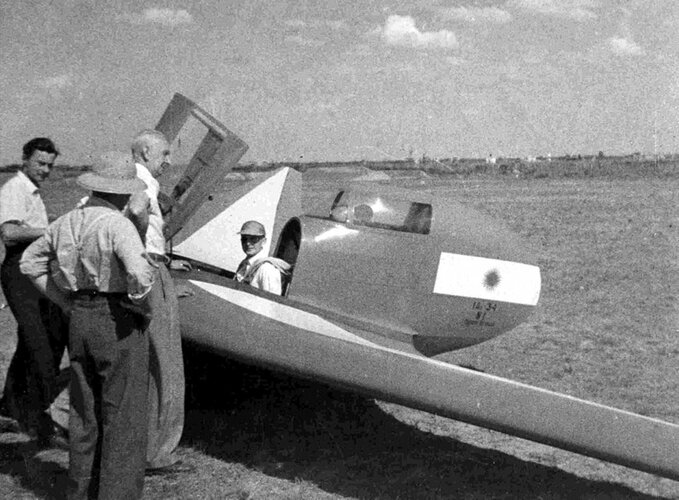 735052_10153488780262982_5536652140873609564_n.jpg139.7 KB · Views: 20
735052_10153488780262982_5536652140873609564_n.jpg139.7 KB · Views: 20 -
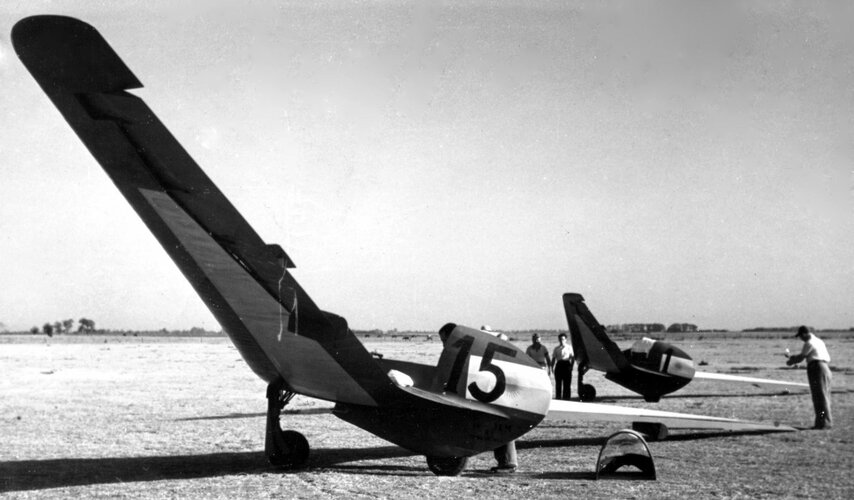 965878_10153488780972982_655669305631089428_o.jpg219 KB · Views: 13
965878_10153488780972982_655669305631089428_o.jpg219 KB · Views: 13 -
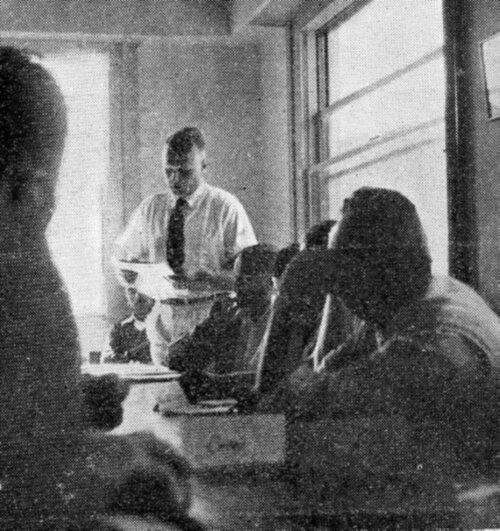 10151782_10153488787742982_7501493086891087936_n.jpg113.4 KB · Views: 12
10151782_10153488787742982_7501493086891087936_n.jpg113.4 KB · Views: 12 -
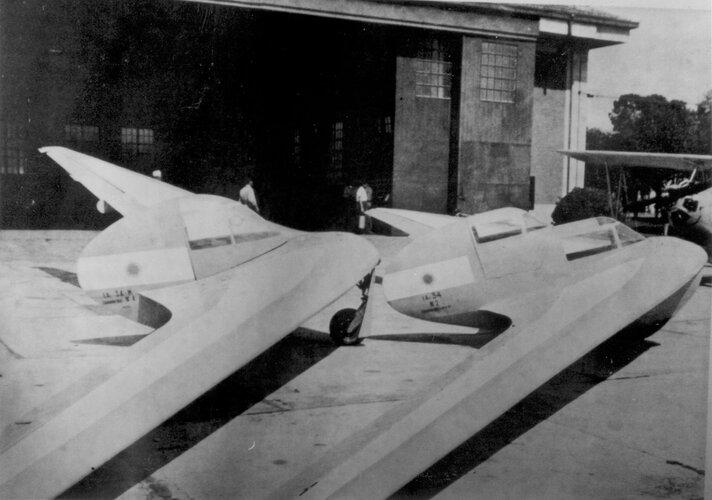 10321139_10152749342197832_4924916948511733913_o.jpg366.7 KB · Views: 10
10321139_10152749342197832_4924916948511733913_o.jpg366.7 KB · Views: 10 -
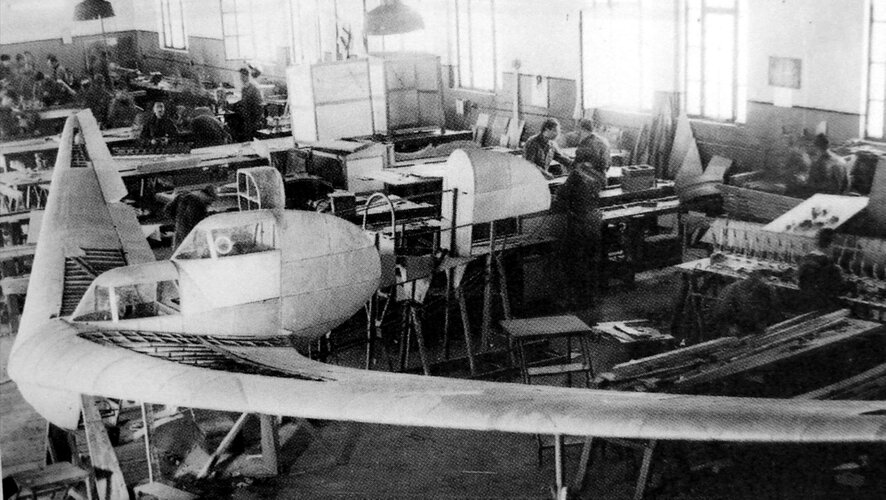 10386994_10153488780187982_4241458501650664851_o.jpg302.9 KB · Views: 15
10386994_10153488780187982_4241458501650664851_o.jpg302.9 KB · Views: 15 -
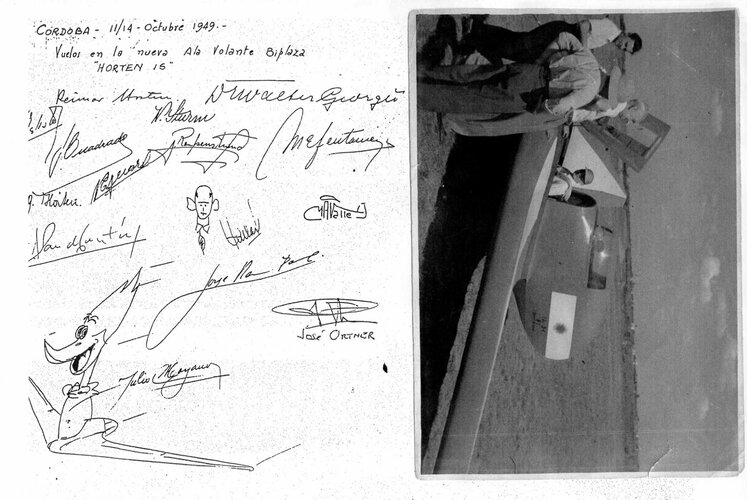 10842121_10152749343747832_7579873938898774109_o.jpg369 KB · Views: 17
10842121_10152749343747832_7579873938898774109_o.jpg369 KB · Views: 17 -
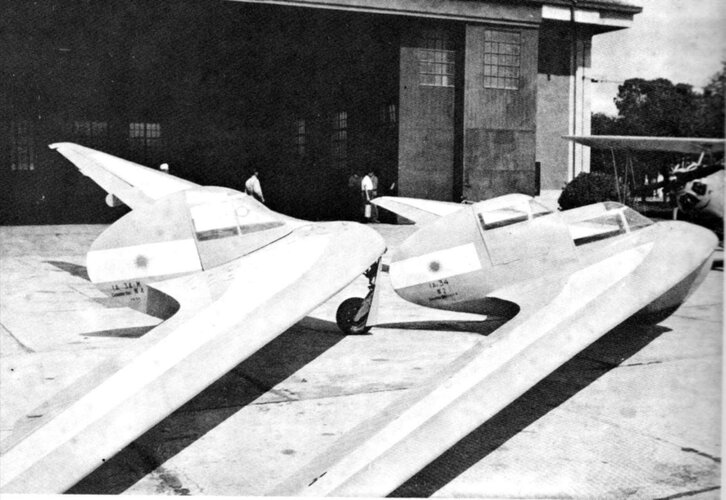 11999674_10153488780832982_7677878069183555008_o.jpg173.7 KB · Views: 17
11999674_10153488780832982_7677878069183555008_o.jpg173.7 KB · Views: 17 -
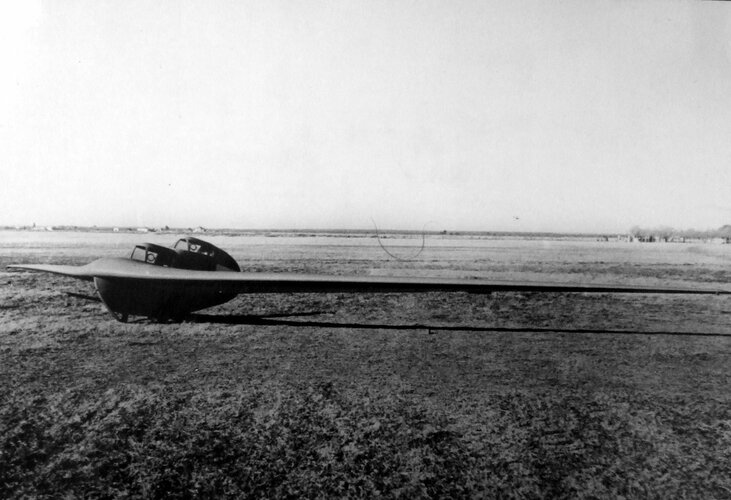 12039067_10153488780282982_3047973932058986136_o.jpg301.3 KB · Views: 13
12039067_10153488780282982_3047973932058986136_o.jpg301.3 KB · Views: 13 -
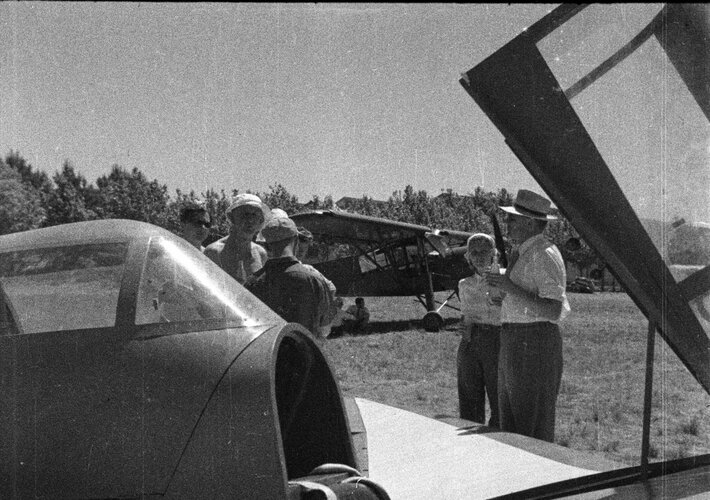 12401683_10153488781377982_5558573334796925104_o.jpg624.8 KB · Views: 12
12401683_10153488781377982_5558573334796925104_o.jpg624.8 KB · Views: 12 -
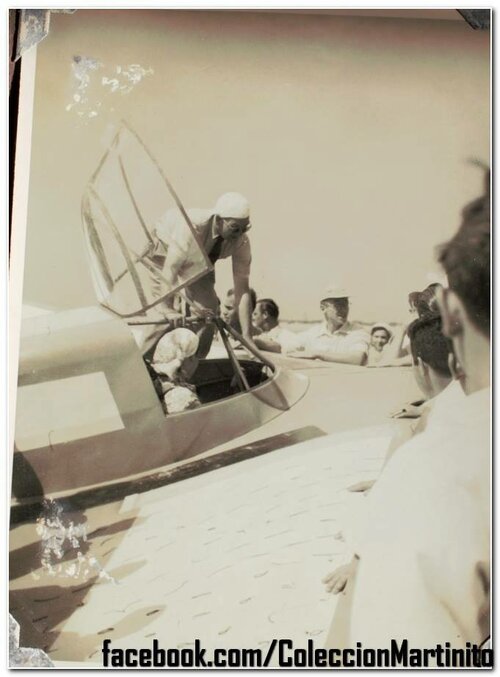 19554420_10210778339713562_2596518797807782773_n.jpg50.2 KB · Views: 9
19554420_10210778339713562_2596518797807782773_n.jpg50.2 KB · Views: 9 -
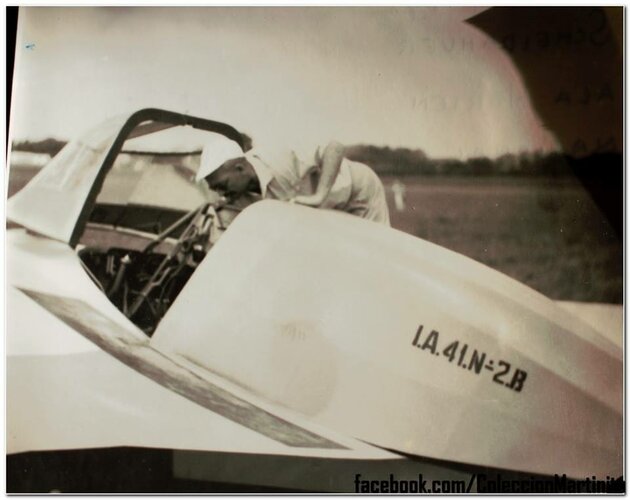 19554027_10210778340313577_7826117222509140768_n.jpg47.8 KB · Views: 13
19554027_10210778340313577_7826117222509140768_n.jpg47.8 KB · Views: 13 -
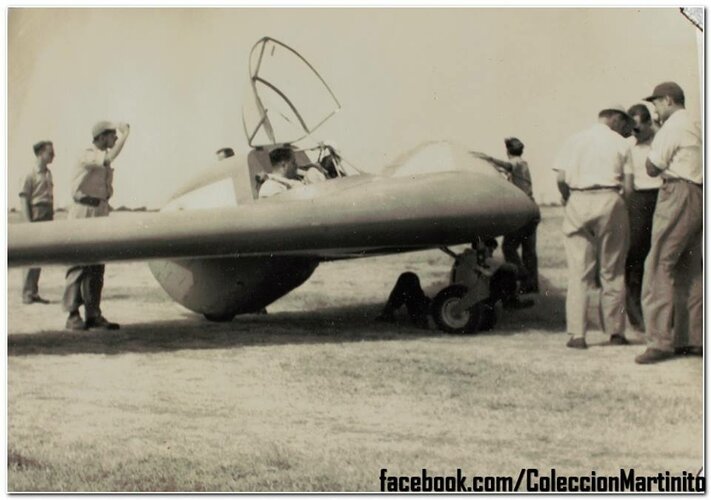 19642336_10210778341593609_6560806376776977145_n.jpg59.1 KB · Views: 30
19642336_10210778341593609_6560806376776977145_n.jpg59.1 KB · Views: 30
- Joined
- 1 May 2007
- Messages
- 2,460
- Reaction score
- 1,453
That aspect ratio seems a bit high, and I don't like that thin wing root, even with the bracing strut.
IMHO, for an Ag aircraft, I'd be happy to sacrifice some aerodynamic efficiency, for structural strength and manouvreability . . .
cheers,
Robin.
IMHO, for an Ag aircraft, I'd be happy to sacrifice some aerodynamic efficiency, for structural strength and manouvreability . . .
cheers,
Robin.
Erdosain
ACCESS: Secret
- Joined
- 10 March 2020
- Messages
- 426
- Reaction score
- 1,696
Thank you so much Erdosain for all these great projects!
Did Horten create them all for the F.M.A., or were some of these conceived as private ventures?
Reimar Horten worked until 1974 in the "Area Material de Cordoba Material" (AMC), within which the FMA and the IIAE were located.
I understand that all these projects were proposed or developed within the FMA, which at that time depended on the Argentine Air Force.
- Joined
- 25 June 2009
- Messages
- 13,782
- Reaction score
- 3,064
Thanks!Reimar Horten worked until 1974 in the "Area Material de Cordoba Material" (AMC), within which the FMA and the IIAE were located.
I understand that all these projects were proposed or developed within the FMA, which at that time depended on the Argentine Air Force.
Erdosain
ACCESS: Secret
- Joined
- 10 March 2020
- Messages
- 426
- Reaction score
- 1,696
Another project by Reimar Horten for the FMA, a combat glider from 1956, with an MTOW of 1400 kg. The glider took off towed from a DC-3.
Attach files
Attach files
Attachments
Tonton-42
ACCESS: Secret
- Joined
- 10 May 2014
- Messages
- 259
- Reaction score
- 429
Alalala! There are still some who will say that Payen copied Horten and Lippisch to design his Pa-49 on 1953 ... 
Erdosain
ACCESS: Secret
- Joined
- 10 March 2020
- Messages
- 426
- Reaction score
- 1,696
There is a kind of religion around Horten, especially in Germany and Argentina, placing him as the maximum and only reference on delta wings and flying wings, reviling the works of other references such as Northrop with phrases like "Northrop did not know Horten's lift bell and He didn't know how to make a flying wing fly and make it stable."Alalala! There are still some who will say that Payen copied Horten and Lippisch to design his Pa-49 on 1953 ...
- Joined
- 11 March 2012
- Messages
- 3,016
- Reaction score
- 2,697
That huge wing area implies light wing-loading, which further suggests slow landing speeds, which are better for student pilots.Horten's Delta Jet Wing trainer, presented to the FMA in 1953.
View attachment 722275
View attachment 722276
It also means that the airplane can use a small engine.
- Joined
- 1 May 2007
- Messages
- 2,460
- Reaction score
- 1,453
The 3 view shows twin engines . . .That huge wing area implies light wing-loading, which further suggests slow landing speeds, which are better for student pilots.
It also means that the airplane can use a small engine.
Also, it's a member of the exclusive Tailwheel Jet Club . . .
cheers,
Robin.
- Joined
- 11 March 2012
- Messages
- 3,016
- Reaction score
- 2,697
If you look at modern, light deltas like Dyke Delta and VerHees Delta, you will notice that there landing-gear is set at precisely the correct attitude for landings and take-offs. VerHees has a similar tail-wheel landing gear, albeit with a single, large main-wheel and multiple tail-wheels. One Dyke Delta pilot explained that he simply advances the throttle and the plane takes off by itself.The 3 view shows twin engines . . .
Also, it's a member of the exclusive Tailwheel Jet Club . . .
cheers,
Robin.
If they touch down at too shallow an angle-of-attack, they will be too fast and float the entire length of the runway.
OTOH If they get too slow, they will get too steep an angle-of-attack and that produces massive amounts of drag. That is why deltas (see Concorde) tend to carry plenty of power on final approach. In a worst-case scenario, a low aspect-ratio delta can get so steep that it cannot “power” it’s way out of the high-drag corner. So pilots are forced to trade altitude for airspeed resulting in a rapid rate-of-descent.
Last edited:
Erdosain
ACCESS: Secret
- Joined
- 10 March 2020
- Messages
- 426
- Reaction score
- 1,696
In March 1974, an IIAE team led by Dr Reimar Horten presented a project based on the Pucara, equipped with Astafan jets to fulfill the role of advanced training and tactical support aircraft. The plan is dated November 22, 1973.
Well, this is the three-view drawing that I was missing of the Pucará Jet, since the only one existing in the documentation that I had was the size comparison with the original IA-58A Pucará, where both overlapped.
The drawing was in the index of the project file but it was missing from it... as if someone had "taken it as a souvenir"... But hey, I finally got it:
The IA-58 Pucará jet

 www.zona-militar.com
www.zona-militar.com

Well, this is the three-view drawing that I was missing of the Pucará Jet, since the only one existing in the documentation that I had was the size comparison with the original IA-58A Pucará, where both overlapped.
The drawing was in the index of the project file but it was missing from it... as if someone had "taken it as a souvenir"... But hey, I finally got it:
The IA-58 Pucará jet

Los IA-58 Pucará a reaccion
Por Gonzalo Sebastian Rengel Graficos: Alejandro Klichowski El imaginario popular argentino siempre resalta el gran logro tecnológico que fueron los
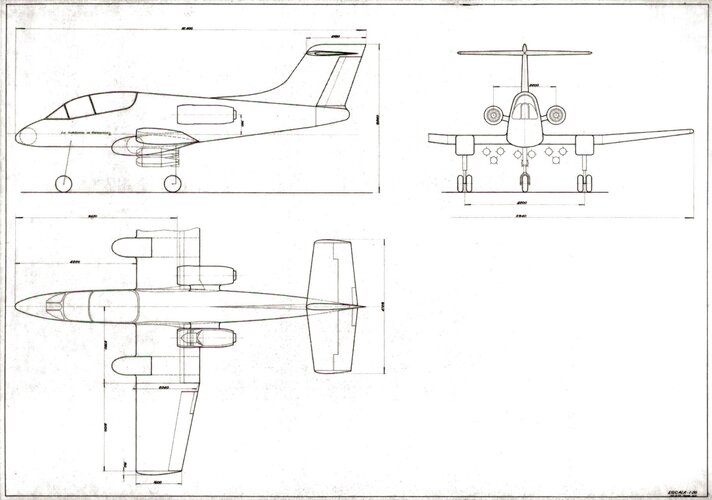
Similar threads
-
-
The Hawker P.1052, P.1072 and P.1081.
- Started by blackkite
- Replies: 10
-
-
-
Powerplant to Saro Sr-45 Prototype G-ALUN
- Started by Vernon
- Replies: 0

